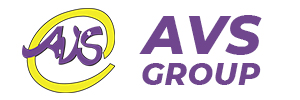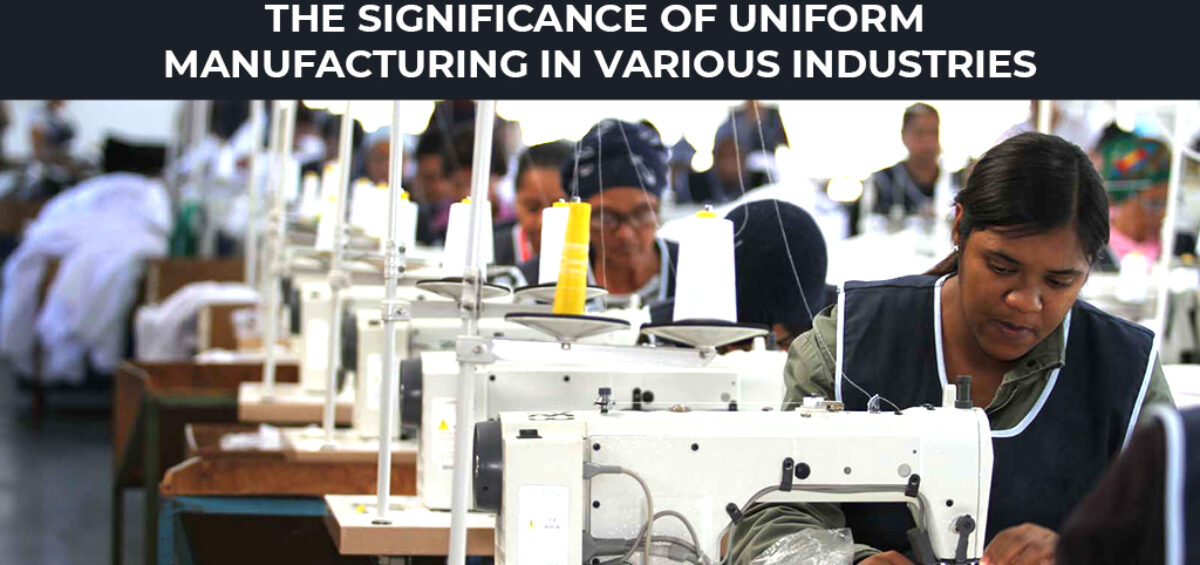
The Evolution of Uniforms
The earliest accounts of the employment of uniforms are in the military, and they have been used for centuries. Over time, uniform usage spread to various industries for a variety of causes. Uniform design has seen numerous modifications over the years, with various styles, materials, and designs used during various eras.
During the industrial revolution, factories and businesses started requiring their employees to wear particular clothing to identify them as employees, which is when uniform production really started to take shape. In order to protect soldiers and make sure they could be seen by one another, uniforms in the military grew more practical and standardized.
Today, uniforms are used in a variety of professions including healthcare, hospitality, transportation, and many more as a sign of professionalism. Technology, design, and material developments in uniform manufacture have improved their comfort, functionality, and durability.
Understanding the Different Types of Uniforms and Their Manufacturing Processes
Considering uniforms, several businesses have specific needs. A healthcare professional’s uniform, for instance, will be very different from a worker in the hospitality industry. Military uniforms, healthcare uniforms, hospitality uniforms, sports uniforms, and school uniforms are a few examples of common uniform kinds.
Depending on its use and design, each style of uniform has a different production method. For instance, healthcare uniforms need materials that are comfortable, hygienic, and easy to clean, but sports uniforms need textiles that are breathable and flexible.
The Role of Technology in Modern Uniform Manufacturing
From the design to the production stages, technology has been a major factor in uniform manufacturing. Technology advancements have made it feasible to produce specialized uniforms that are catered to the unique requirements of multiple industries.
Using Computer-aided design (CAD) software has made it simpler to produce distinctive patterns and designs for uniforms. With the use of this technology, producers can create precise and thorough designs that may be modified before production to guarantee they adhere to the required standards.
The production process has undergone a revolution because of the adoption of automated sewing machines. The time and cost of manufacturing are decreased while maintaining a consistent level of quality since these machines can carry out repetitive activities more quickly and correctly than humans.
Sustainability and Ethical Practices in Uniform Manufacturing
Sustainability and ethical practices have become increasingly important in uniform manufacturing as more people become aware of how their decisions affect the environment and society. In order to ensure that their products have a low environmental impact, manufacturers are utilizing sustainable materials and production techniques.
They are also putting in place moral practices that put the welfare of their employees and the communities in which they operate first. These procedures guarantee that employees are paid fairly, work in a secure environment, and receive respect.
How to Choose the Right Fabric for Uniform Manufacturing
When it comes to uniform manufacturing, picking the proper fabric is essential. Depending on the industry and the uniform’s intended use, the cloth must be comfortable, durable, and functional. Cotton, polyester, nylon, and spandex are a few of the primary materials utilized in the production of uniforms.
Due to its comfort and breathability, cotton is a widely used fabric in the healthcare, hospitality, and educational sectors. Another common fabric is polyester, which is renowned for its durability and wrinkle resistance, making it perfect for fields like sports and transportation.
AVS Group, NATO, FNGR, Ghana Security Agencies, uniform manufacturing, evolution of uniforms, different types of uniforms, technology in uniform manufacturing, sustainability, ethical practices, choosing the right fabric, quality control
The Importance of Quality Control in Uniform Manufacturing
An important component of consistent production is quality control. It guarantees that the finished product complies with the necessary norms and requirements. To ensure customer satisfaction and loyalty, manufacturers must maintain consistency in the quality of their products.
From the examination of the raw materials through the final product inspection, there are various phases involved in quality control. The raw materials used in the manufacture of uniforms must be of a high calibre and adhere to the necessary standards. To make sure that every step of the production process satisfies the specified quality requirements, it must be closely monitored. Before it is transported to the customer, the finished product must also be tested to make sure it adheres to the necessary criteria.
Different businesses depend heavily on uniform production because it offers a sense of identification, professionalism, and safety. Technology, design, and material developments in uniform manufacture have improved their comfort, functionality, and durability.
To produce uniforms that fulfill the unique requirements of many industries, manufacturers must follow ethical and sustainable business processes, place a high priority on quality control, and select the appropriate fabric and design. By using this, they may design cutting-edge, fashionable uniforms that represent the brand or corporate culture, foster a sense of cohesion and pride among the workforce, and advance professionalism and workplace safety.
Keywords: #AVSGroup #NATO #FNGR #GhanaSecurityAgencies #UniformManufacturing #EvolutionOfUniforms #DifferentTypesOfUniforms #TechnologyInUniformManufacturing #Sustainability #EthicalPractices #ChoosingTheRightFabric #QualityControl #WorkplaceIdentity #Professionalism #Safety #Comfort #Durability #CustomerLoyalty #BrandIdentity






